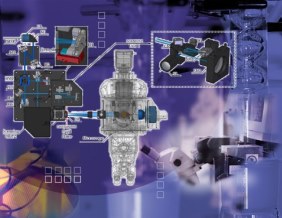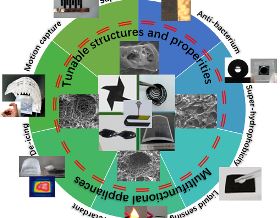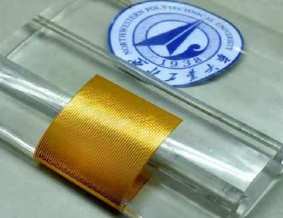三磷酸腺苷(ATP)是生物细胞维持生命活动的直接能量来源,美国哥伦比亚大学的研究团队却首次用这种生物能量来驱动芯片。他们将一个传统的固态互补金属氧化物半导体(CMOS)集成电路同一个带有ATP供电离子泵的人工脂质双层膜结合在了一起。这项发表在7日《自然通讯》网络版的最新研究为创建同时包含生物和固态组件的全新人工系统打开了大门。
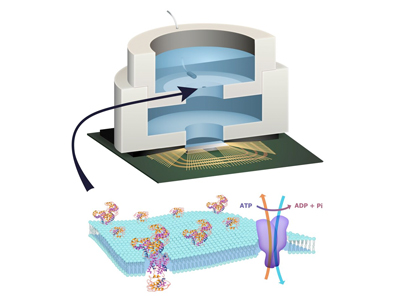
团队负责人、哥伦比亚大学工程与应用科学学院电气工程和生物医学工程教授肯·谢泼德指出,CMOS固态电子器件无法复制生命系统所具有的特定自然功能,比如味觉和嗅觉,也无法利用生物化学能源;生命系统则基于脂膜以及离子通道和泵,构建了自己的“生物晶体管”,用离子来运载能量和信息。
研究团队为CMOS集成电路装上了一块ATP“生物电池”。有了ATP,这个新系统能够泵送离子穿过膜,从而产生可被集成电路所用的电势。他们制造了一个宏观尺度的系统原型,规模约为几毫米,来验证其是否能正常工作。谢泼德说,研究结果帮助他们确定了在何种条件下可以使ATP的利用效率最大化,接下来他们将考虑怎样才能缩小这个新系统的规模。
尽管其他研究小组已经能够采集来自生命系统的能量,但谢泼德团队探索的是如何在分子水平上做到这一点,只将所需的功能分隔出来,然后集成到电子器件上。他解释说,就这个项目而言,他们并不需要整个细胞,而只是分离出ATP酶,这些蛋白质让他们能够从ATP获取能量。
这种将固态电子组件与生物组件的功能结合在一起的系统应用潜力很大。该团队领导这项研究的博士研究生贾里德·罗斯曼说,通过适当地缩放,该技术可以为ATP丰富的环境,如活细胞内的植入系统提供电源。
总编辑圈点
细胞利用能量的效率是很高的,即使精细的集成电路也相形见绌,关键就靠三磷酸腺苷。如今,人造系统追赶了上来,用的也是三磷酸腺苷。新式生物供电器的问世,不但可让芯片在人体内长久工作,还可能催生更高级的纳米机器人,它们会像微生物那样强韧和活跃。

Ken Shepard教授简介:
哥伦比亚大学工程与应用科学学院电气工程和生物医学工程教授,Email:shepard@ee.columbia.edu
个人主页:www.bioee.ee.columbia.edu/~shepard/
研究兴趣:
1、Circuits for VLSI integrated circuits in deeply-scaled CMOS technologies,
2、New technologies for electronics applications,
3、The application of integrated circuits for biology-related applications.
个人简介:
Kenneth L. Shepard received the B.S.E. degree from Princeton University, Princeton, NJ, in 1987 and the M.S. and Ph.D. degrees in electrical engineering from Stanford University, Stanford, CA, in 1988 and 1992, respectively. From 1992 to 1997, he was a Research Staff Member and Manager with the VLSI Design Department, IBM T. J. Watson Research Center, Yorktown Heights, NY, where he was responsible for the design methodology for IBM’s G4 S/390 microprocessors. Since 1997, he has been with Columbia University, New York, where he is now Professor of Electrical Engineering and Biomedical Engineering. He also was Chief Technology Officer of CadMOS Design Technology, San Jose, CA, until its acquisition by Cadence Design Systems in 2001. His current research interests include power electronics, carbon-based devices and circuits, and CMOS bioelectronics.
Dr. Shepard was Technical Program Chair and General Chair for the 2002 and 2003 International Conference on Computer Design, respectively. He has served on the Program Committees for IEDM, ISSCC, VLSI Symposium, ICCAD, DAC, ISCAS, ISQED, GLS-VLSI, TAU, and ICCD. He received the Fannie and John Hertz Foundation Doctoral Thesis Prize in 1992, a National Science Foundation CAREER Award in 1998, and the 1999 Distinguished Faculty Teaching Award from the Columbia Engineering School Alumni Association. In 2014, he was named Lau Family Professor of Electrical Engineering. He has been an Associate Editor of IEEE Transactions on Very Large-Scale Integration (VLSI) Systems and is currently an Associate Editor for the IEEE Journal of Solid-State Circuits and IEEE Transactions on Biomedical Circuits and Systems. He is a Fellow of the IEEE.
(本文参考中国科技网和哥伦比亚大学网站http://www.columbia.edu/)如若转载,请注明e科网。
如果你有好文章想发表or科研成果想展示推广,可以联系我们或免费注册拥有自己的主页
- 哥大
- 生物能量芯片
- Ken Shepard


 我要投稿
我要投稿




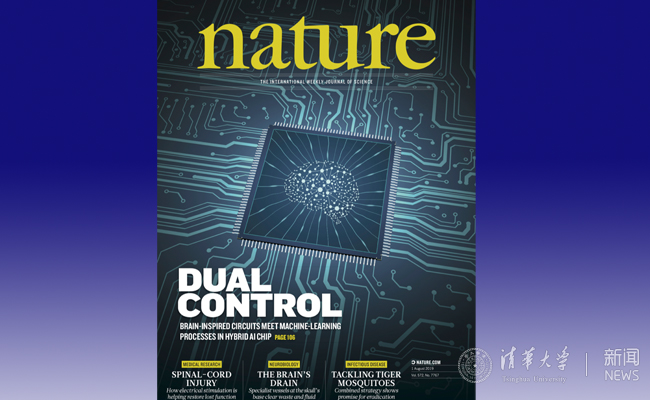
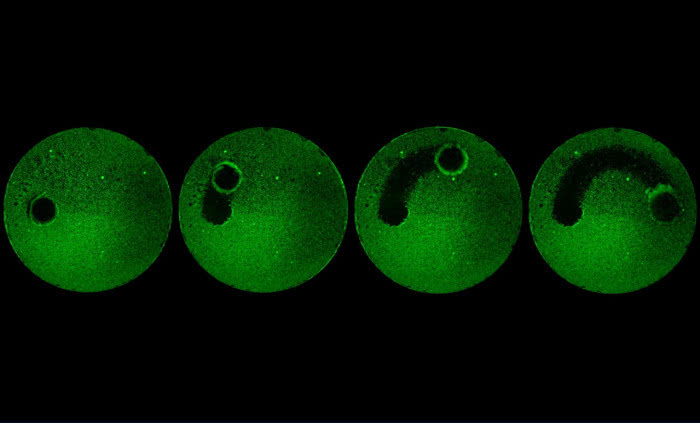

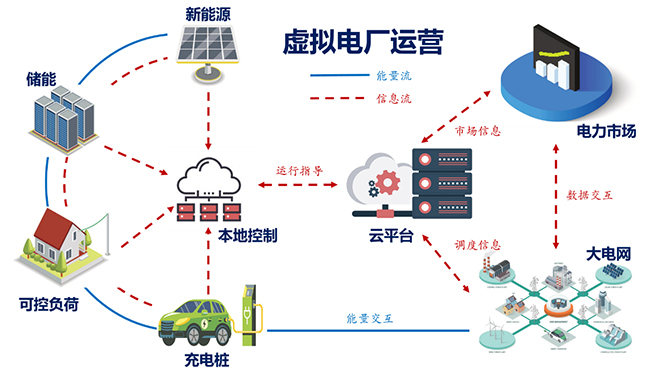


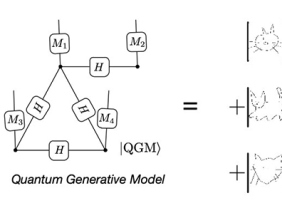
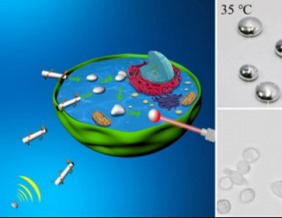
 赞 1
赞 1
 回复
回复



